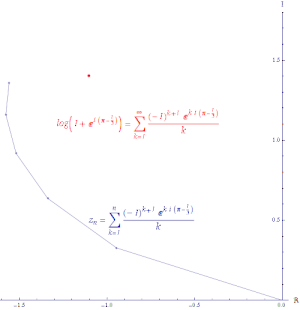Your mental capacity, plasticity, memory, recall and deductive reasoning are all dramatically enhanced by your ability to recognize patterns and to extrapolate (or generalize) from them. In some cerebral circles, the NICs (nerds-in-charge) refer to this phenomenon as "learning a rule." This notion has great applicability in the world of artificial intelligence (AI), but it is the shining key to a means of improving our own intelligence as well as increasing the actual speed of thought. Imagine being able to think faster because you are able to make 'connections' more rapidly? This skill is valuable to cultivate. Not surprisingly, it is a skill that can be improved by simple exercise.
Pattern recognition skills are involved in every aspect of gaming, athletics, problem-solving and life. The more different (and complex) patterns that we are able to recognize from prior exposure, the easier and faster it will be for us to recognize new patterns. By the way, simple analogies actually involve pattern recognition. To illustrate, in solving the analogy query that follows, an association between things (associations are the building blocks of patterns) is necessary for us to get the right answer:
Horrible but memorable analogy, with multiple choice possibilities:
Fahrenheit is to Temperature, as...
a) Tuna is to Fish;
b) Oral is to Rectal;
c) Length is to Height;
d) Celsius is to Cold;
e) Inches is to Length;
f) Pitney is to Bowes;
g) Antihistamine is to Allergy;
h) Wet is to Rain.
The correct answer, of course, is choice e) Inches is to Length. The reason is that Fahrenheit is a means of measuring Temperature, and Inches is (are) a means of measuring Length.
Perhaps it's time for some practice. If you'll complete the sequences below (i.e., find the next item in each of the series), I promise that I'll have the answers for you by Monday this coming. These don't involve word-based analogies -- they are simply series of numbers. Do these - they're as stimulating as they are beneficial...
Incidentally, I dedicate this post to Technorati 4F3BBD7YKWFZ.
A) 1, 3, 6, 10, 15, ?
B) 1, 1, 2, 3, 5, 8, 13, ?
C) 1000, 0100, 0010, 0001, 1000 ?
D) 1, 4, 9, 16, 25 ?
E) 200, 3000, 40000, 500000, ?
F) 1, 100, 2, 99, 3, 98, 4, ?
G) 1.21, 2.32, 3.43, 4.54, ?
---------------------
That's all for now, fellow (and lady) Braintenance Buffs. We'll compare our answers on Monday.
Douglas E Castle [http://aboutDouglasCastle.blogspot.com]












